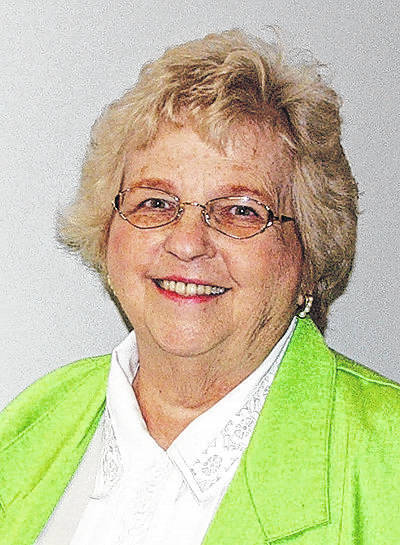
Godfrey Brown was born in to slavery in 1768 in Brunswick County, Virginia. He was able to purchase his freedom and that of his family on March 7, 1820. He was obviously an ambitious man, willing to work long and hard hours to satisfy his ultimate goal of freedom for the family. His owner allowed Godfrey to work for other planters after the work had been done on the farm and so he enlisted the help of those old enough to work after the day’s chores were done on the master’s farm.
Godfrey and his family members were paid by the other farmers and were allowed to keep their wages. By working hard and saving every cent, they were able to amass sufficient funds to buy their freedom. The price was set at $5,640 for the entire family. Even in today’s world that is quite a sum of money, but Godfrey was a determined man. That amount would have represented a great number of hours working “overtime” to secure the necessary funds there is no record of this in this family, but it is possible that some of the family women might have sewn for neighbors to earn extra money.
A document recorded in the Greene County Archives reads: “I do hereby certify that the bearer hereof, Godfrey Brow, a free man of colour aged fifty-two years about five feet ten and one-half inches high, yellow completion, has two scars on his left arm near the elbow, carries the mark of small pox on the face and was emancipated by John T. Bowdoin as will appear by reference to the deed of emancipation duly recorded in the county court aforesaid. Given under my hand this seventh day of March 1820.”
The document also lists his wife Chaney along with Sally, Moses, Sam, Bibannah, Dick, Godfrey Jr., Myles, Elizabeth, Polly, Joseph, Julia and Agnes. The children were listed as being from thirty down to one year of age. The children who were under twenty-one were not freed at that time, but were guaranteed freedom upon reaching their twenty-first birthday.
He decided to bring the family to Ohio where land was not expensive and slavery was not allowed. According to family records they brought their money in a tobacco box along with some fine horses and their household goods.
Land was purchased in Caesarscreek Township for the sum of $1,000. The initial purchase of 254 acres comprised what later became known as “Brown’s Settlement”. He and his sons built log houses for their families and being a religious man, he kept the center section of the ground for a church building which was also constructed of logs.
The church was constructed between two branches of a stream. Because of the location, he gave the new church the name of Middle Run Baptist Church. This was the first Baptist Church organized in the State of Ohio by people of African descent. The church was organized in 1822. The congregation decided to relocate and build a new church in Xenia in 1889.
The log church was used for many years as a place of worship. A small section of land near the church was dedicated for a cemetery. Godfrey Brown’s remains were interred at that site upon his death January 3, 1843. Other members of the family are buried in Brown Cemetery.
Godfrey had not received an adequate education, but was able to read passages from the Bible. He served the church as its minister for many years. His preaching was so welcome he was invited to speak at the Court House for other settlers. He was known as a gifted speaker and preacher who knew the Bible and was often asked to preach at other churches.
Later his son Samuel became a minister. It has been said that the two traveled for miles to bring the message of the Gospel to others.
In addition to raising their own children, the Browns took in three homeless boys. Peter Everett, Samuel Thomas and Alexander Woodley each became ministers, following the example of their benefactor.
One of Godfrey’s grandsons is remembered as an inventor and author. One publication gave the following announcement: “Lincoln Brown 1892 inventor. The ability of a Black inventor became apparent on this day when Mr. Lincoln F. Brown, of Xenia received patent No. 484,994 for his invention of the bridle bit, a device used when riding a horse. Lincoln followed his grandfather’s example when in 1908 he published a small book titled “Jesus Christ and His Way – The True Way or the Way of Truth”.
As the children married and grandchildren came along, Brown’s Settlement continued to grow and other families moved into the area.
Today there is no evidence of Brown’s Settlement other than the small cemetery which has been kept intact.
Godfrey Brown’s will read in part: “Being sick and feeble in body, but of sound mind and disposing mind and memory… I commit my Soul to God and my body to the Earth to be decently buried and al my funeral expenses paid. As to debts, thank God I owe no man anything but love.”
The will goes on to make various provisions for his estate. This man, who was born into slavery, purchased the freedom of his family, became a property owner and even a minister for many certainly was a fine example of what can be done if the will is there.
His legacy lives on at the Middle Run Baptist Church in Xenia located on East Church Street. In July of 2001, a monument was dedicated at the church site honoring the life of Godfrey Brown, first minister and organizer of the Middle Run Baptist Church.


